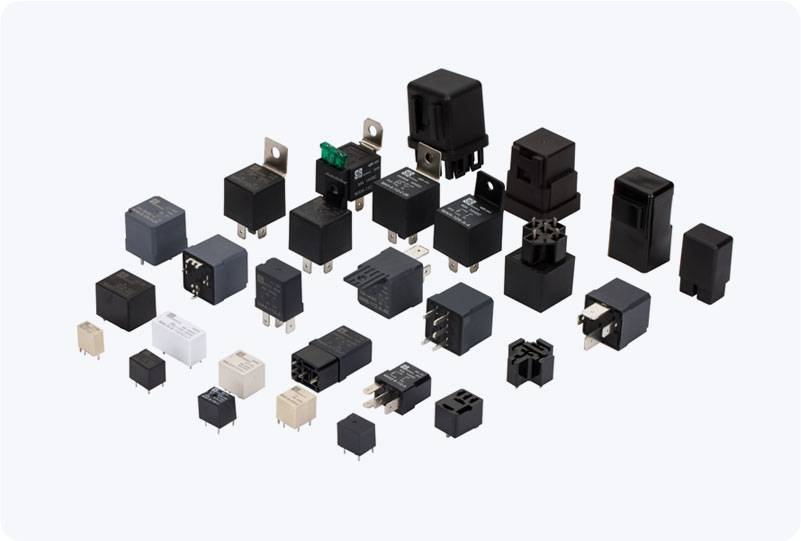understanding low voltage dc relay: a key component in electrical control systems
Release time:2025-06-28 10:08:45
Low Voltage DC Relays are integral components in a variety of electrical and automation systems, offering crucial control functions in low voltage direct current (DC) circuits. These relays allow operators to control high-power devices using a low-voltage electrical signal, making them highly versatile in numerous applications ranging from home automation to industrial machinery. This article will explore the working principles, applications, and advantages of Low Voltage DC Relays.

What is a Low Voltage DC Relay?
A Low Voltage DC Relay is an electrical switch that uses a low voltage direct current (DC) signal to control the operation of higher voltage circuits. The key feature of a relay is its ability to isolate the low voltage control circuit from the high voltage load circuit. This isolation enhances safety, as the control circuit and load circuit are electrically separated. Essentially, relays function as "electrical switches," allowing one circuit to control the switching of another.
Relays are made up of several parts: a coil (which, when energized, creates a magnetic field), a set of contacts (which open or close based on the magnetic field), and an armature (which moves in response to the magnetic field). The input control signal energizes the coil, causing the armature to move and change the state of the contacts. When the control signal is removed, the contacts return to their default positions.

